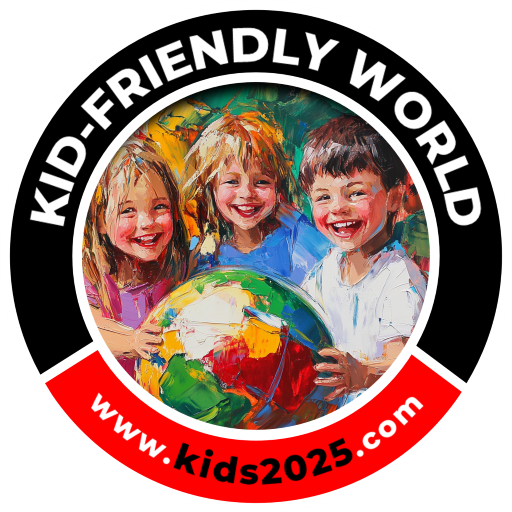Course Conclusion: A Call to Action for a Kid-Friendly Future
Throughout this course, we’ve explored what it takes to create environments that truly welcome children and families—from understanding how children move and play, to embedding family-friendly goals into public policy and tourism design. We’ve seen how inclusive, child-centered spaces support emotional wellbeing, economic growth, community health, and long-term resilience.
The message is clear: kid-friendly design is not just a nice feature—it’s a strategic, ethical, and powerful lever for improving the world. It benefits children directly, and it also creates lasting value for businesses, institutions, and society at large. When we design with children in mind, we unlock more livable communities, stronger family connections, and deeper guest loyalty.
As you leave this course, you carry with you the tools to shape better environments—whether by redesigning a hotel lobby, creating more engaging events, writing inclusive policy, or listening to family voices. The Kid-Friendly World project continues to offer resources, networks, and support for your ongoing work.
Let this be not just the end of a learning journey, but the beginning of a practical and creative one. Every decision you make—about space, service, programming, or strategy—can help build a world where all children and families feel welcome, safe, and inspired.

